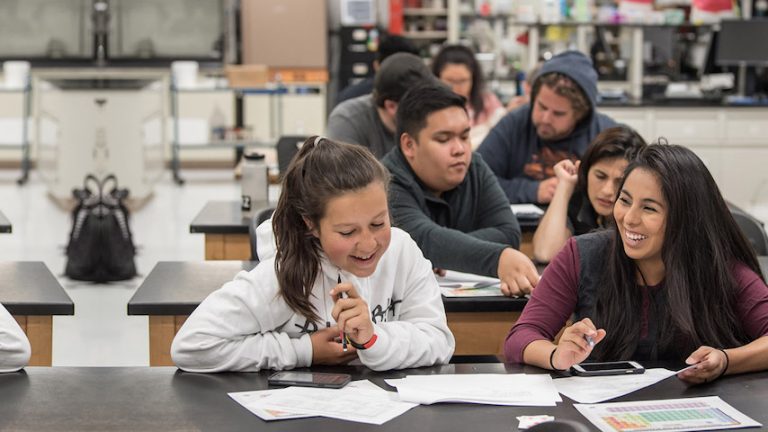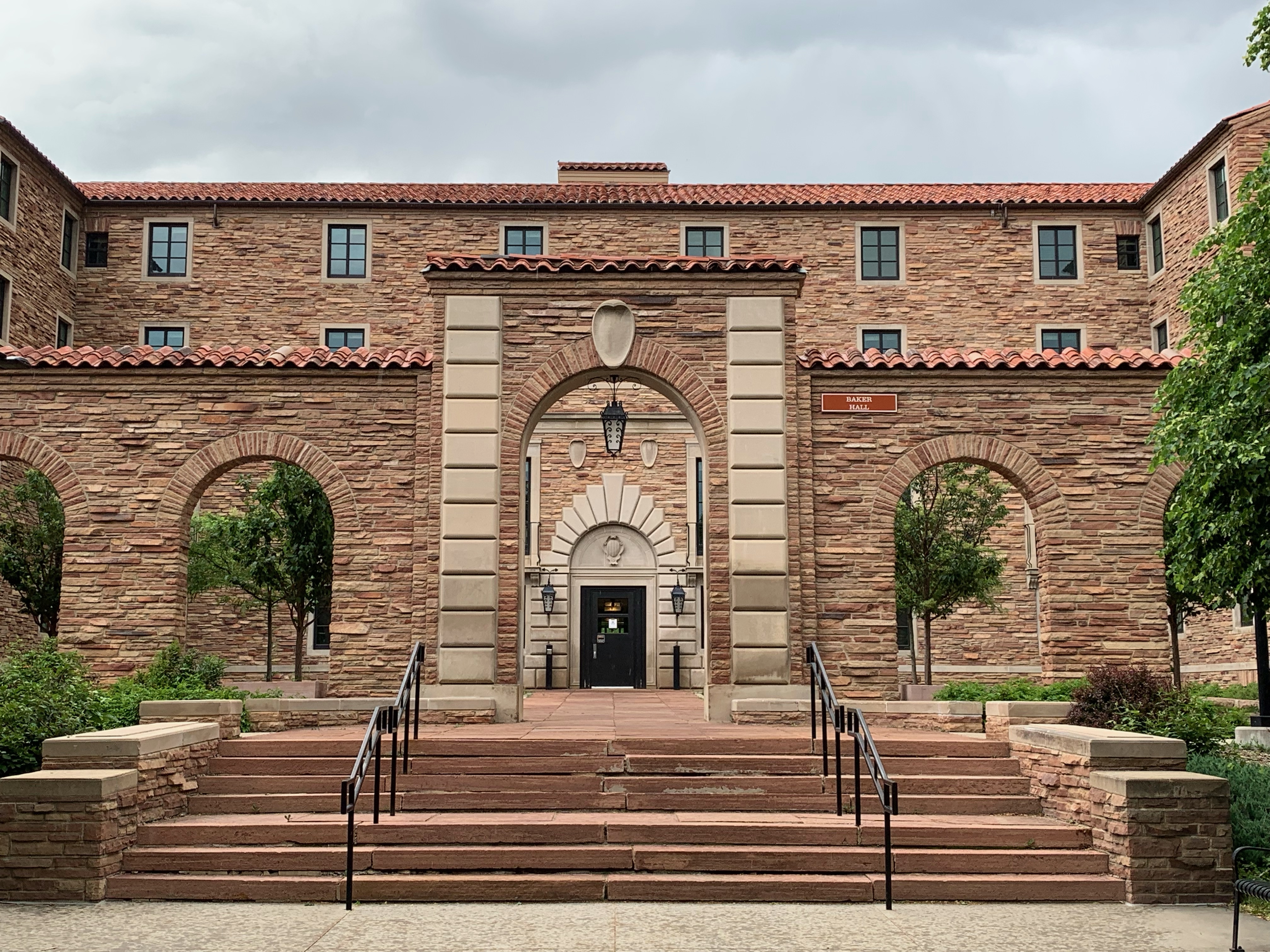What You Need to Know About Current Trends in College Admission
Last Updated on July 20, 2022 by Jill Schwitzgebel
Given what I do, I frequently get asked about the current trends in college admission. I only work with a tiny fraction of the millions of college-bound high school students each year, but I recognize that that still gives me more insight than the average parent, who may not have experienced the admissions process any time recently. Because I am close to the process, sometimes it’s easy for me to lose sight of just how much things have changed – but when I look back five years ago, even I’m surprised! So, for parents whose experience may have been from when they graduated from high school in the 80s or 90s, it’s a really different landscape.
Some of the current trends you may have heard about, but the implications of those trends might be less obvious.
 Test Optional Applications
Test Optional Applications

I think it’s safe to say by now that everyone has gotten the memo on this one. Yes, the pandemic accelerated a pre-existing trend toward test-optional admissions. What was happening slowly, became an avalanche in one year. So far, most colleges have elected to keep that in place, and I don’t expect it to change. For students with strong GPAs, who don’t perform as well on tests, this can be a huge stress-reliever.
Higher Average Test Scores
BECAUSE so many colleges have become test-optional, the students who are reporting scores are the students who tend to score well on the college entrance exams. So, when you look at a college’s average test score, remember that perspective.
More Applications=Lower Acceptance Rates
This trend is making things more challenging for both applicants and for colleges. Students are now applying to more colleges than ever before. Some of that may be attributed to the test-optional policies. But, because applicant pools are surging, it makes it harder for a student to know their likelihood of acceptance. A school that might ordinarily seem to be a Match or Target school, could become a Reach school in one admissions cycle, depending on how many students apply. A school that a student used to be able to consider a Safety or Likely, could become a bit more uncertain if there are more applicants than usual.
This leads us directly to the next trend I’m seeing:
Over-Enrollment
Colleges really do try to admit classes of a certain size. They know how many seats would be optimal for them to fill for the upcoming school year and how much dorm space they have available. With application numbers surging, and knowing that students are applying to more colleges than in the past, colleges still have to try to predict how many of the students they admit, will decide to attend (the “yield rate“). They have complicated algorithms they use to do so. But, for the past few years, those same formulas have not worked. This is partially a result of the pandemic, when colleges were uncertain how many to expect to attend in 2020, so they over-admitted to be sure seats were filled. It is partially because of the surging application numbers – colleges don’t necessarily know how many of the applicants are truly interested in attending (One reason demonstrated interest becomes important!). As a result, colleges have been a little off in their “guesstimates” of how many students would attend. This has resulted in crowded dorms and classrooms.
This is another reason why we saw significantly lower acceptance rates at many colleges during the last application cycle. Many colleges that found themselves to be unexpectedly “popular”, are now trying to balance what turned out to be a large incoming class in 2021. I’m interested to see what happens in the upcoming cycle.
Early Decision
Colleges have all begun to catch on to this craze. Colleges like it because it’s considered a binding decision and it helps them understand their yield rate. But, students are catching on to this one as well, and more are opting to apply as Early Decision applicants. While it remains true that the acceptance rate is usually higher in the Early Decision round than in the Regular Decision round, it is becoming more competitive. See above – all of that is related!
Business Majors
I debated adding this, but it’s a huge trend I am seeing and it’s shown in the numbers. Lots of students plan to major in business these days. Because of this trend, know that if a student is applying as a business major, it currently means added competition. That means that the student should adjust their application list, accordingly. But remember, your major may matter at any college – if you are applying to a major for which the college is well-known, expect competition to be tougher.
Less Transparency
In the past cycle, some of the most competitive colleges, like Princeton and Stanford, announced that they would no longer provide acceptance rates or even data like average GPAs or test scores. Their stated reason is that it will relieve stress for high school applicants. In reality, I think it will actually reinforce stress among high-achieving applicants. It may also lead to even higher numbers of applicants, as some may underestimate how competitive admission still is, when they can’t see the data. I also recently came across an increasingly popular (but typically less selective) college that did not provide any information in the Common Data Set. I am definitely hoping that this does not become a new trend among colleges. I think that the admissions process already feels mysterious enough. There is no reason to add more mystery.
What Does This Mean For Your Student?
While these are the current trends, and the landscape definitely looks different than it did even three years ago, it shouldn’t change much about your student’s application approach. It may mean that there are some different colleges on their list than there would have been a few years ago. It does not mean that they need to apply to ten colleges to receive an acceptance, as long as they are applying to a smart, balanced list of schools. Most colleges in this country still accept a majority of applicants.
Overall, families should still start thinking seriously about college sooner, rather than later. Students should continue to work hard in high school and take an academically rigorous curriculum. Students should continue to be thoughtful about testing strategies and whether they wish to submit exam scores. Students should consider their application strategies, as well – decide if Early Decision makes sense and apply Early Action whenever that option is available.
If you’ve got questions, about any of the above, remember I am here and glad to talk with you about the admissions experience.








